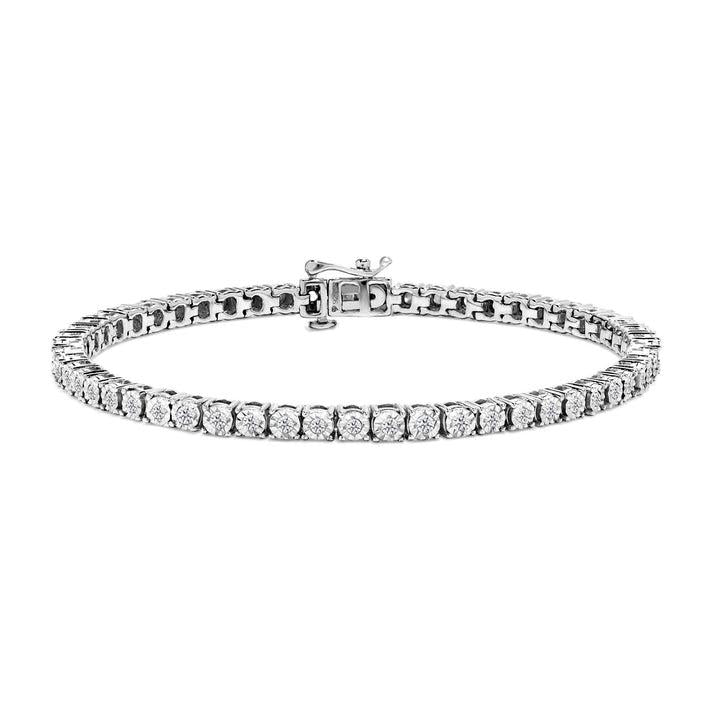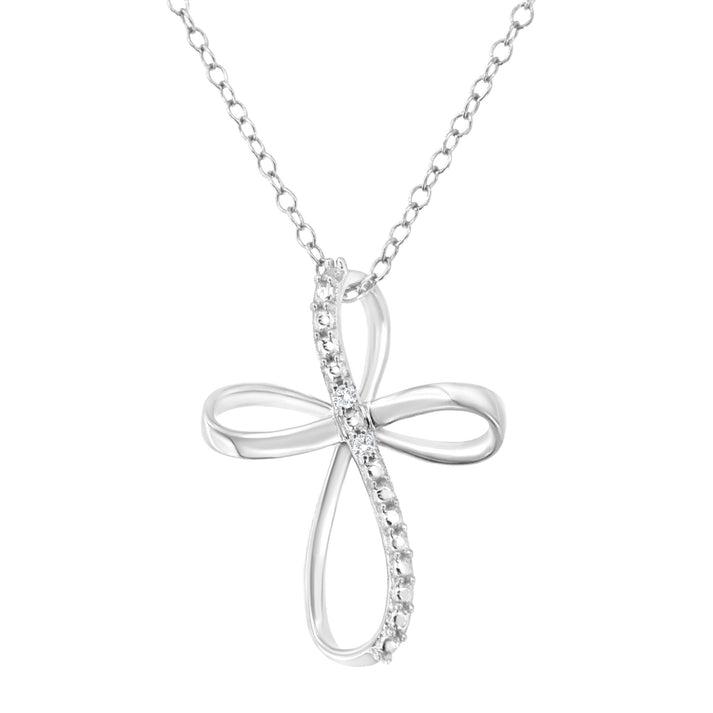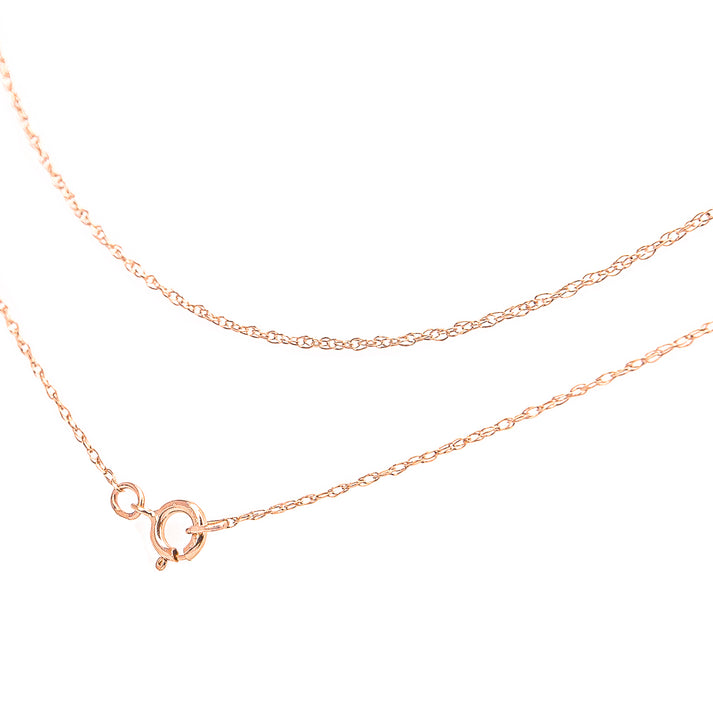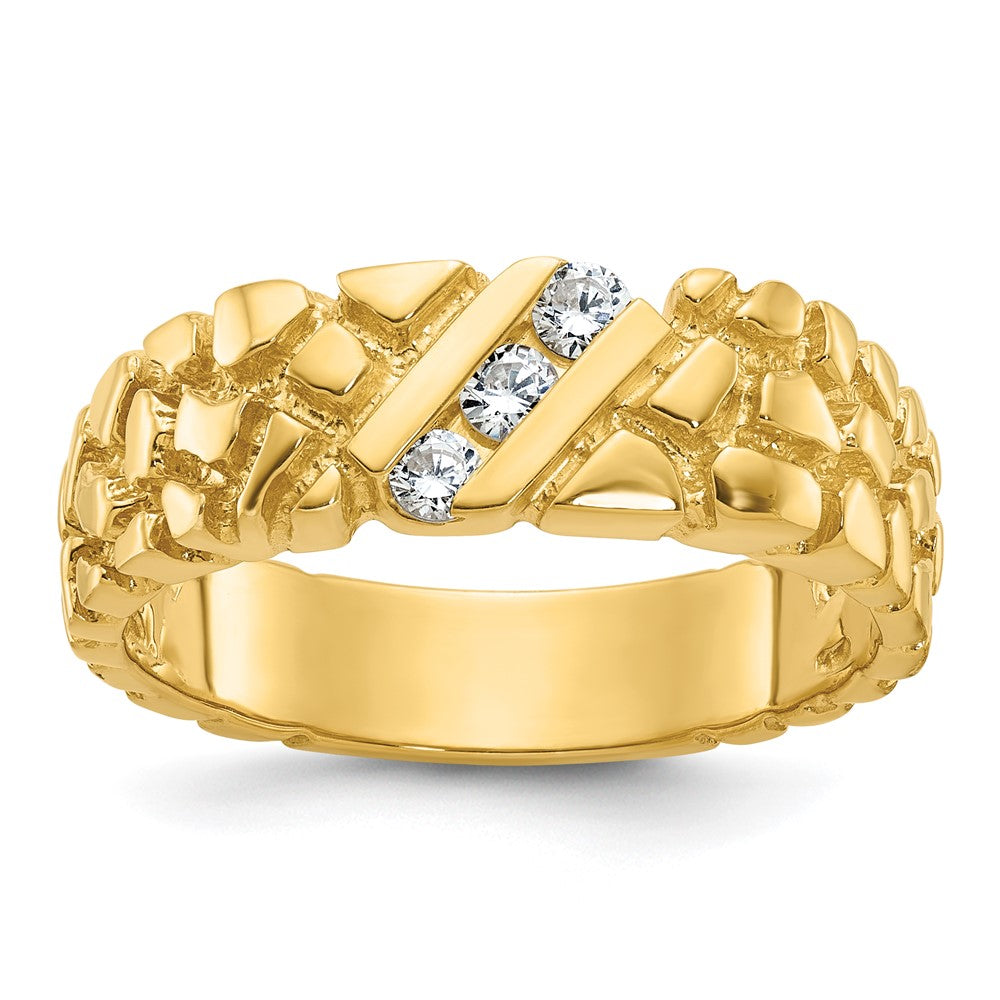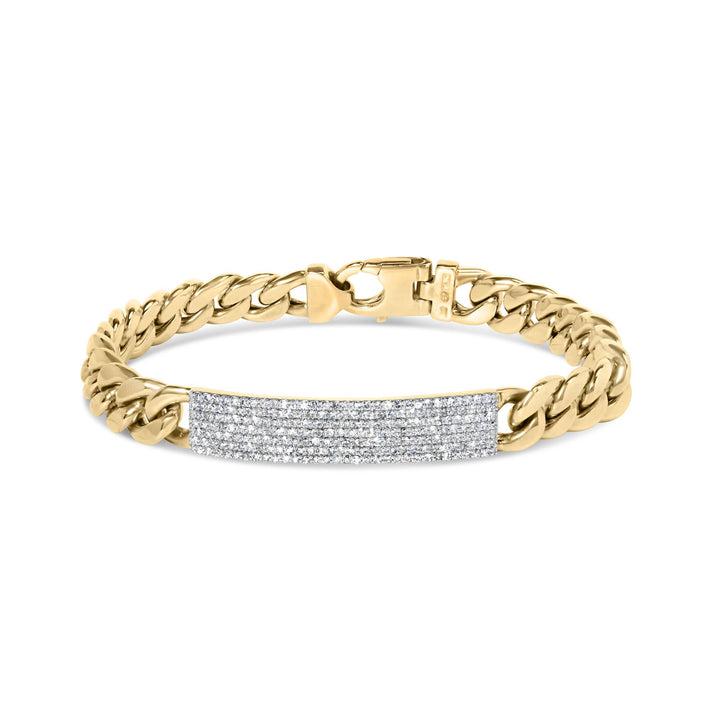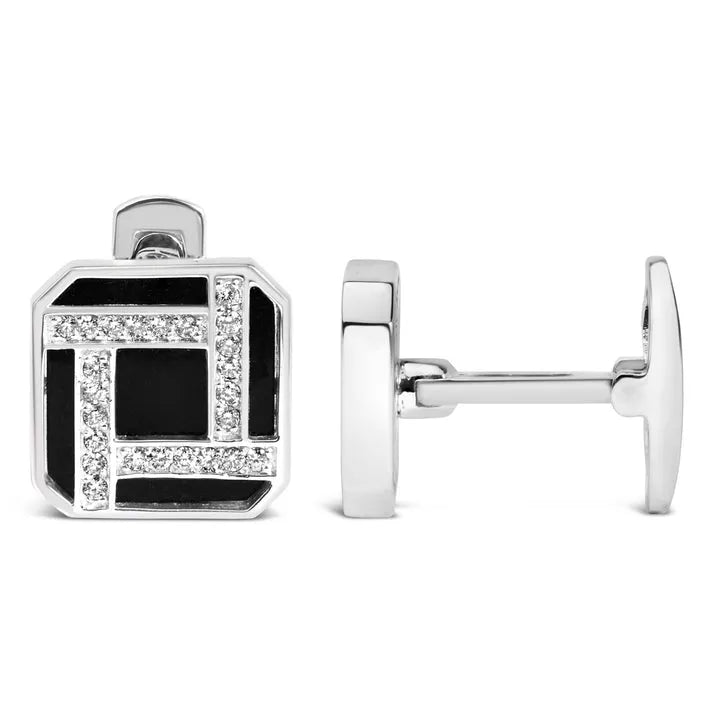When it comes to jewelry, beauty isn't the only standard that matters. Beneath the glittering surface lies a complex world of product safety, quality assurance, and international compliance. Whether you're a consumer looking for safe and authentic pieces or a brand wanting to build trust and avoid costly recalls, understanding jewelry product testing standards is critical.
Why Jewelry Testing Matters
Jewelry is often made from a mix of metals, coatings, gemstones, and finishes — each with its own risk factors. For instance, excessive levels of heavy metals like lead, cadmium, and nickel can cause serious health issues. In response, many countries enforce strict regulations to ensure that jewelry is safe to wear. The European Union, for example, follows REACH compliance, which limits harmful substances in consumer goods. Meanwhile, in the U.S., the Consumer Product Safety Improvement Act (CPSIA) sets specific limits for children's jewelry.
Trusted Partners for Jewelry Testing
To meet these standards, manufacturers and retailers must rely on third-party product testing companies. These labs assess everything from material composition to mechanical durability, corrosion resistance, and allergen content. One such trusted testing partner is Testcoo, a global quality assurance platform offering tailored testing services for jewelry products. Their comprehensive testing solutions ensure compliance with international regulations while also enhancing consumer confidence.
Types of Jewelry Product Tests
Jewelry testing typically involves a series of lab-based and on-site procedures. Common tests include:
-
X-ray fluorescence (XRF): Detects toxic metals like lead and cadmium.
-
Salt spray testing: Measures resistance to corrosion and rust.
-
Tensile strength testing: Ensures mechanical durability.
-
Gemstone authentication: Confirms whether a stone is natural, synthetic, or treated.
These assessments not only confirm the authenticity of a product but also protect buyers from fraudulent practices and health risks.
Labeling, Certification, and Compliance
Accurate labeling — including metal purity, country of origin, and allergen warnings — is a legal requirement in many markets. Certified testing reports also play a vital role in building brand credibility. For e-commerce sellers in particular, having clear test results can reduce return rates and increase customer trust.
Staying Ahead in a Competitive Market
As the global jewelry market continues to grow, the pressure to meet higher safety and quality benchmarks is increasing. Consumers are more informed than ever, and regulations are evolving rapidly. Brands that prioritize thorough product testing are not just ticking boxes; they’re building long-term trust, improving product quality, and protecting their reputation.
Conclusion: More Than Just a Shine
Jewelry testing standards serve as a vital checkpoint between beauty and safety. Whether you're a boutique designer or a large-scale retailer, investing in certified jewelry testing is an essential part of doing responsible, customer-focused business. After all, when the sparkle fades, what remains is the trust your brand inspires.



